:::
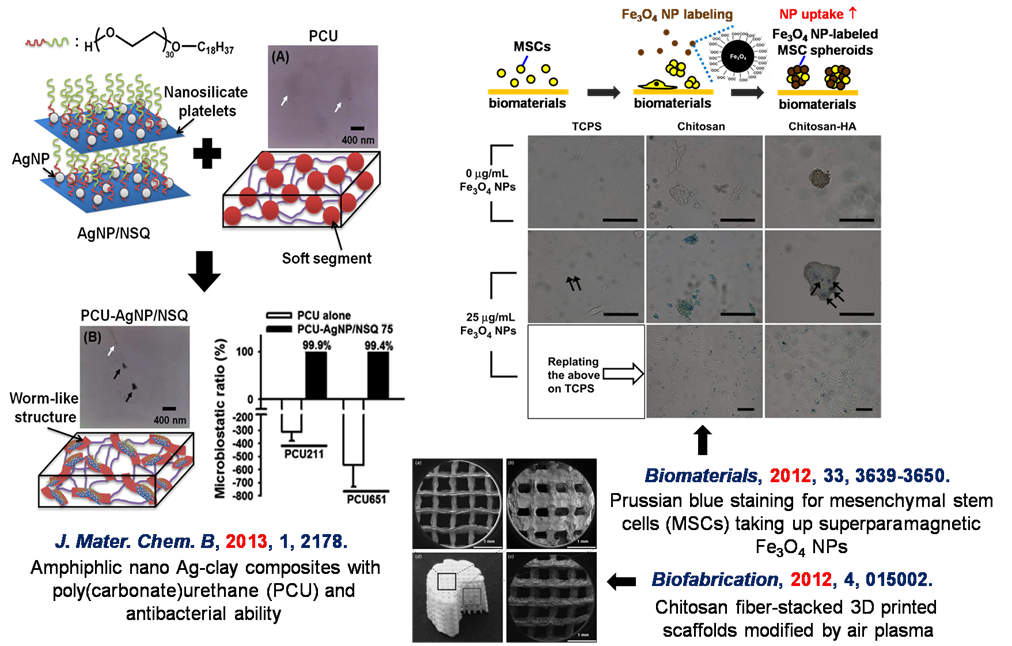
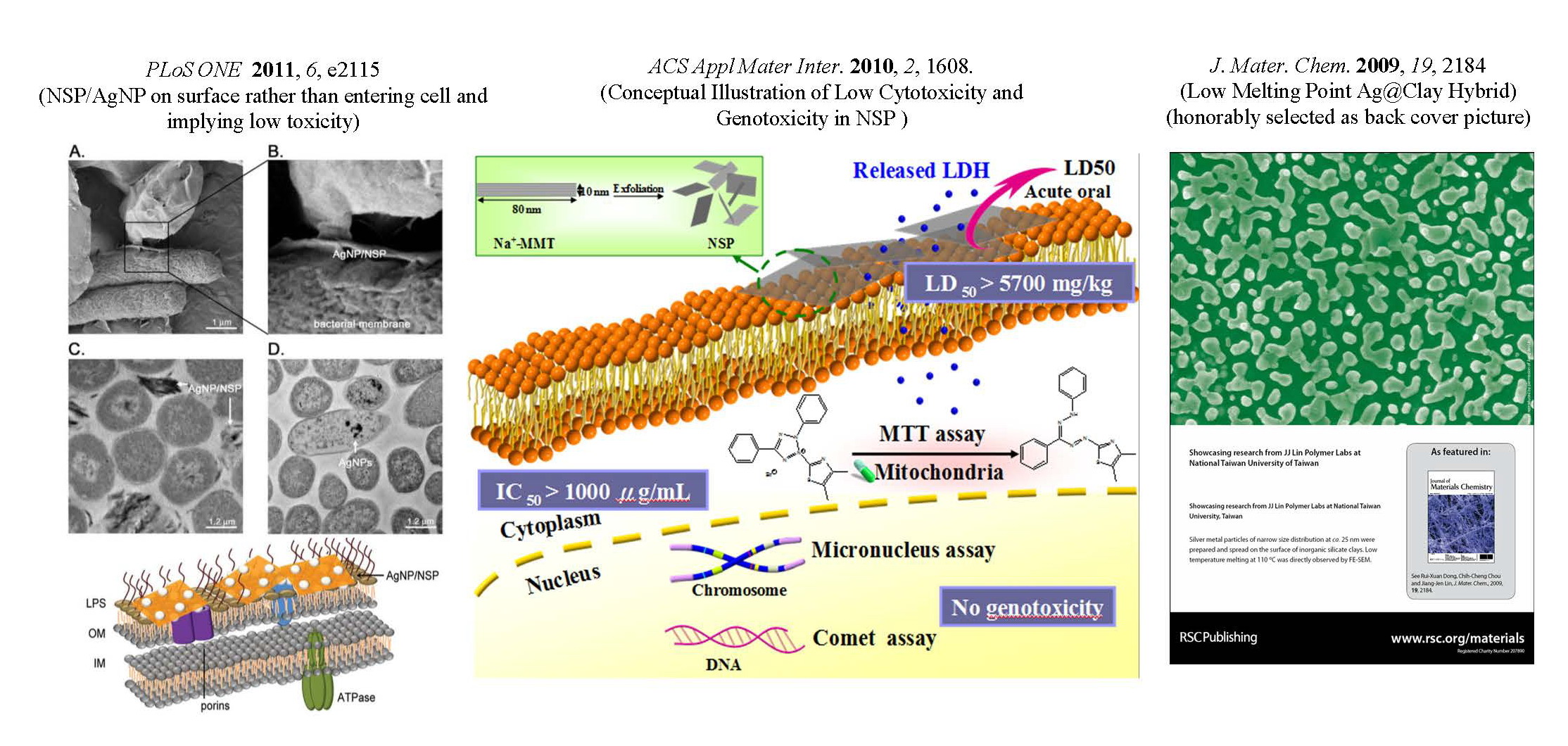
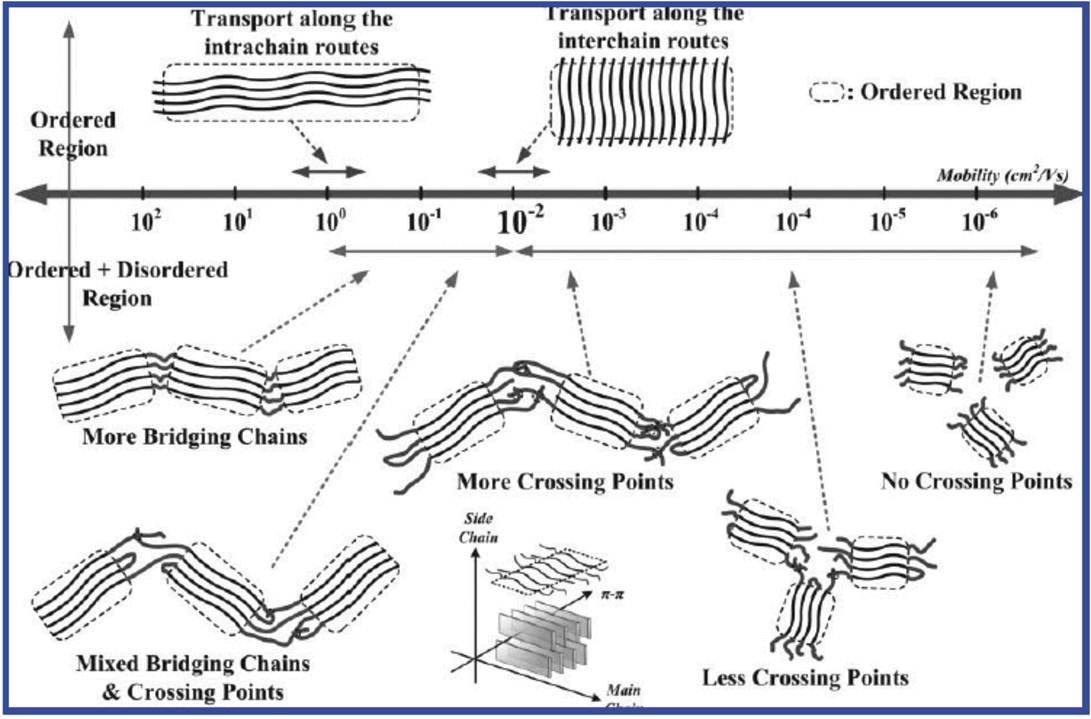
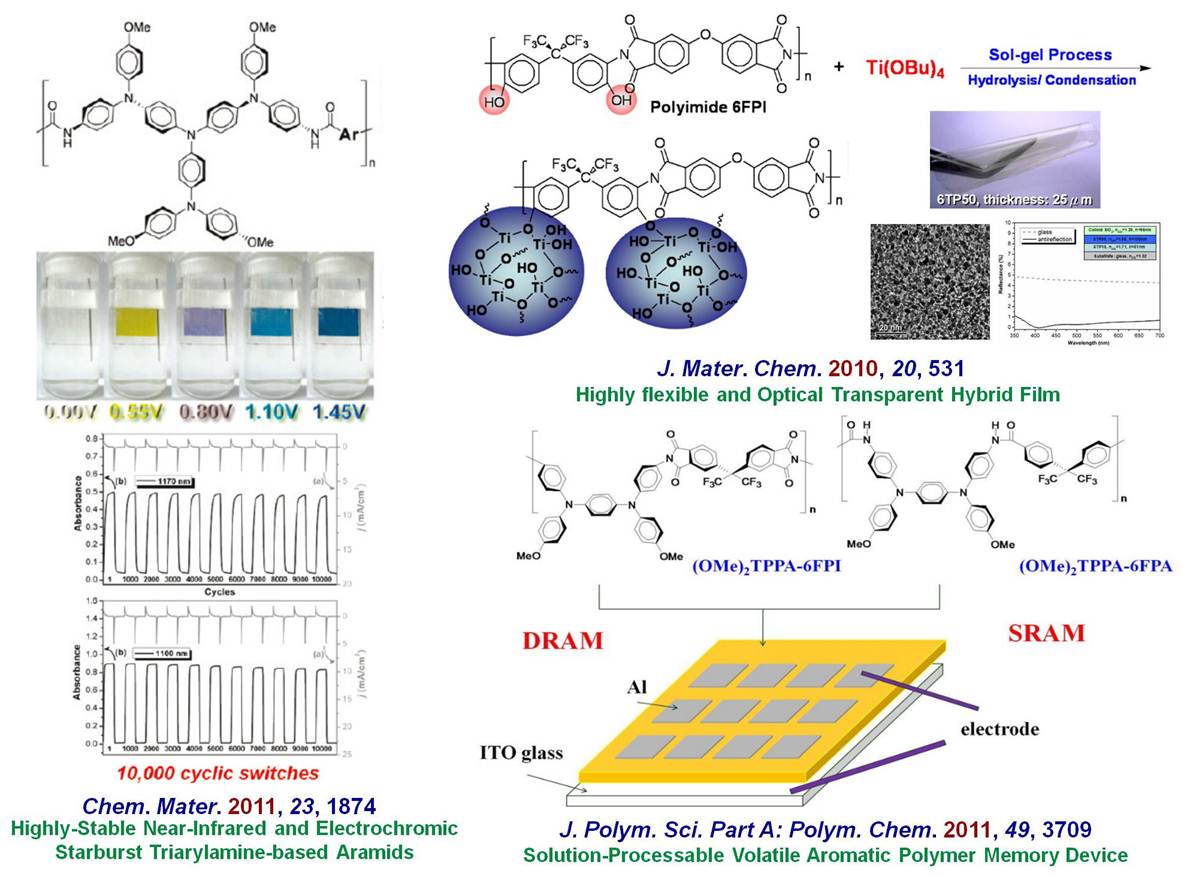
Research accomplishments (Ru-Jong Jeng):
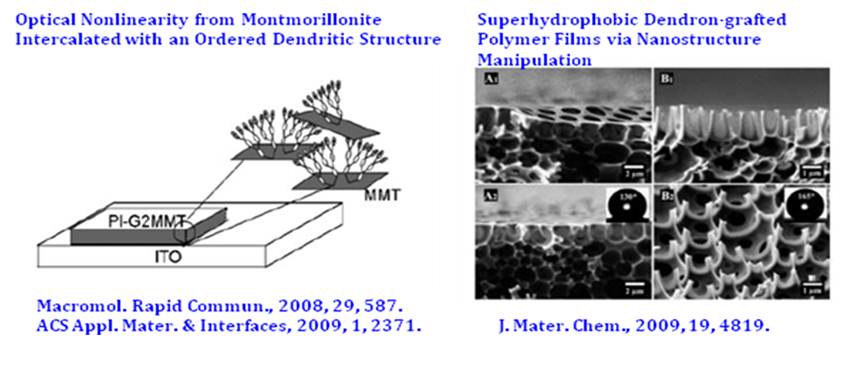
Research accomplishments (Shih-Huang Tung):

The Institute of Polymer Science and Engineering (IPSE) at National Taiwan University was founded in 2002. The mission is to promote graduate teaching and research in polymer science and engineering, including polymer chemistry, physics, characterization, and precise processing. The three focus areas are: (1) Polymer synthesis and materials for optical-electronic and energy-related devices; (2) Structure and characterization of soft nanomaterials; (3) Sustainable polymers and biomedical polymers. Our faculty has published 500 SCI papers in 2005-2010. The faculty members have received various honors including Outstanding Research Award (National Science Council), Academy-Industry Collaboration Research Award (Ministry of Education), Outstanding Engineering Professor Award, etc. The institute is actively pursuing international collaborations through joint research projects and student exchange. We also welcome international students to apply for our M.S. or Ph.D. programs.
Research accomplishments (Shan-hui Hsu):
We are interested in biomaterials, biodegradable materials, and biomimetic green materials, as well as the study of interface between materials and cells/tissues. Our research topics include synthesis and design of biodegradable polyurethane (PU), processing technology such as 3D printing and electrospinning, surface functionalization, and nanotechnology. The purpose is to enhance the physicochemical properties, biocompatibility, and functionality of the materials. The materials developed will then be combined with stem cells to produce biomimicking tissues for biomedical applications.

Research accomplishments (JJ Lin):
New polymeric copolymers consisting of poly(alkylene)- amines and hydrophobic backbone were synthesized and used to exfoliate the natural clays. Clay was randomized into nano silicate platelets (NSP) which have unique geometric shape (thin platelet) and high ionic charges. The NSP enabled to immobilize AgNPs which exhibited a low melting point (110oC). NSP are effective for antimicrobial and shown low cytotoxicity and genotoxicity. The NSP/ AgNP is viable for battling drug-resistant bacteria.

Research accomplishments (Ching- I Huang):
Our research fields are mainly focused on developing multi-scale simulations and theoretical computations to examine the formation of microstructures as well as the related properties. With the complexity and diversity of the microstructures that block copolymers exhibit, we aim to develop a more efficient implementation of self-consistent field theory in a combination of dissipative particle dynamics simulation method. These two methods are appropriate to explore the meso-phase behavior of block copolymers with various molecular architectures and solvent addition. In addition, we are interested in combining these meso-scale simulation methods with molecular dynamics and quantum mechanical methods to examine the correlation between the charge transfer properties, molecular conformation and molecular packing structures of conducting polymers. Recently, the parallel calculation with graphic processing unit (GPU) will be developed to simulate the micro-structural morphology in rod-coil diblock copolymers. The phase diagram of rod-coil copolymer in equilibrium state is obtained by using coarsegrained molecular dynamic simulations.

Research accomplishments (G.-S. Liou):
Design and synthesis a series of novel aromatic polymers bearing electroactive triphenylamine derivative moieties. These polymers have great potential for application in electrochromic and memory devices. On the other hand, we also prepared highly transparent polyimide/TiO2 hybrid optical films with a relatively high titania content and thickness. The optical hybrid films revealed high thermal stability, tunable refractive index, and could be a good candidate for optical application.

Research accomplishments (Ru-Jong Jeng):
We mainly focus on the research of dendrimers, which are macromolecular compounds with highly ordered, regularly branched, and globular structures. They have aroused great interest lately because of their potential use in nanoscale applications. This extraordinary interest is based on their precise core–shell nanometer-size structures, which are emerging as a crucial component in nanotechnology. These dendritic structures can be used as nanometer-scale building blocks for nanodevices that may be structure-controlled in the nanoscale region. With such unique structures, their physical properties appear to be quite different from those of linear polymers. By architectural variation, these dendrimers can serve multiple purposes in making potential useful products such as liquid-crystalline systems, molecular encapsulation catalysis, self-assembly systems, and electro-optical materials.

Research accomplishments (Shih-Huang Tung):
We explore the nanostructure-property relationships in soft materials and develop new strategies to manipulate nanostructures for desire properties. The building blocks include polymers, surfactant molecules, and colloidal particles that spontaneously self-assemble into a variety of nanostructures through secondary bonding, such as hydrogen bonds and electrostatic interactions. The investigated systems include thin films, sols, and gels, which are the materials widely used in consumer products, as well as in the burgeoning areas ranging from energy to biotechnology.






